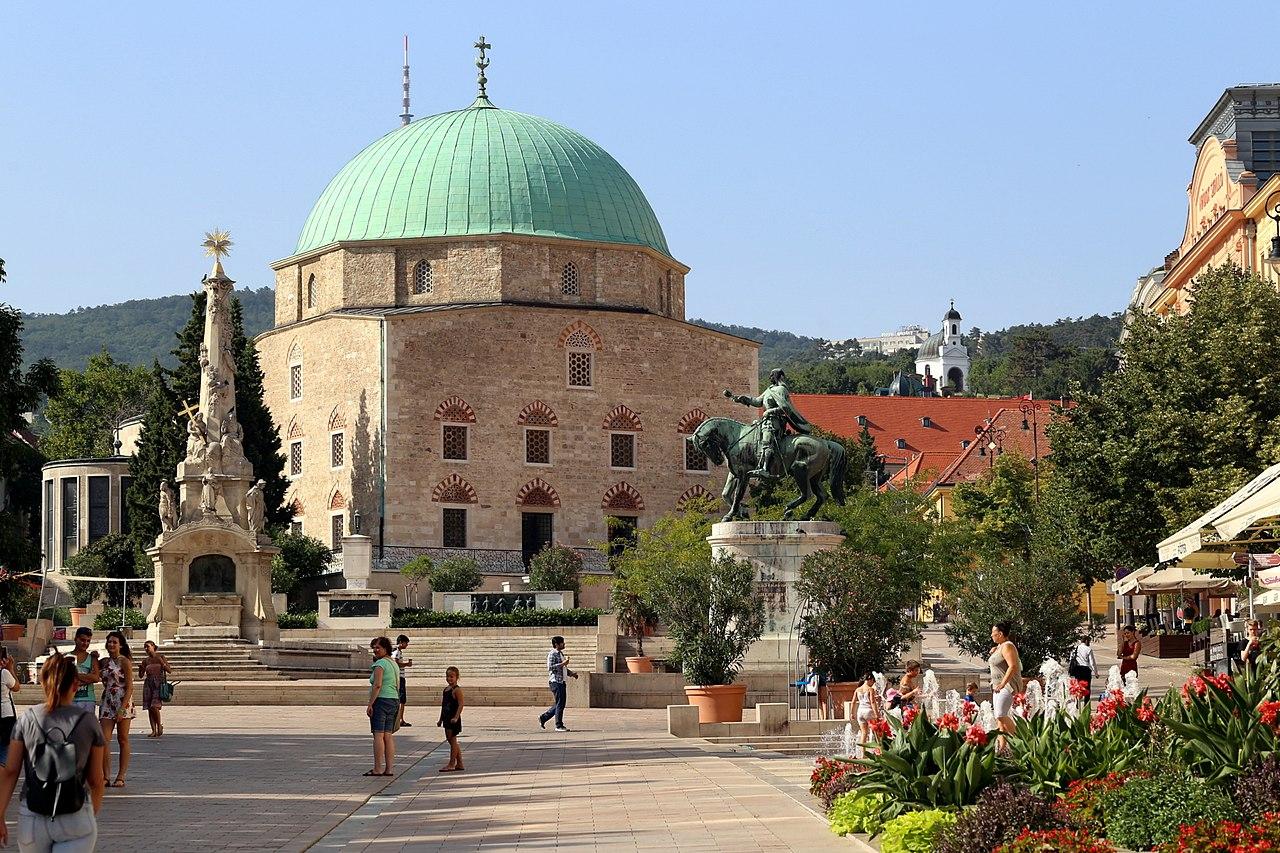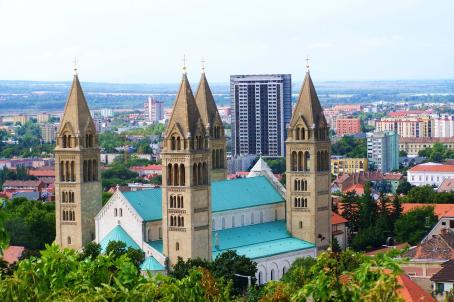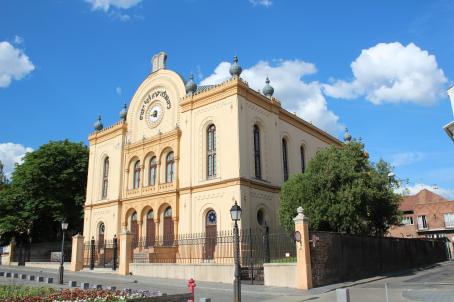Mosque of Pasha Qasim
The 16th-17th century Pasha Qasim Mosque was built during the Ottoman Empire and is now a cathedral. It is one of the landmarks of the city of Pécs.
About this building
It was built by was built by Pasha Qasim the Victorious between 1543 and 1546. After the Austro-Hungarian reconquest of the city in 1702, the mosque was converted into the main building of the Christian faith. The minaret was destroyed by the Jesuits in 1766.






